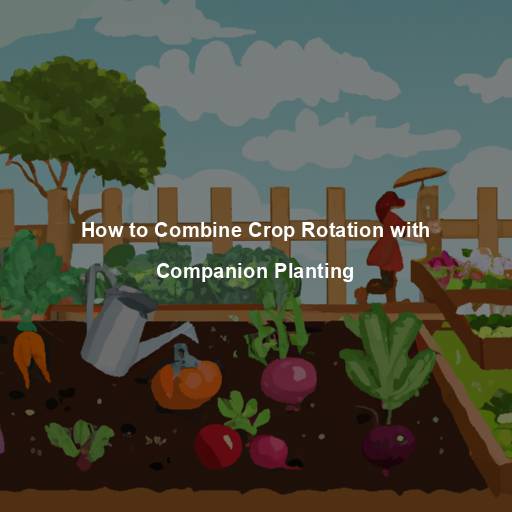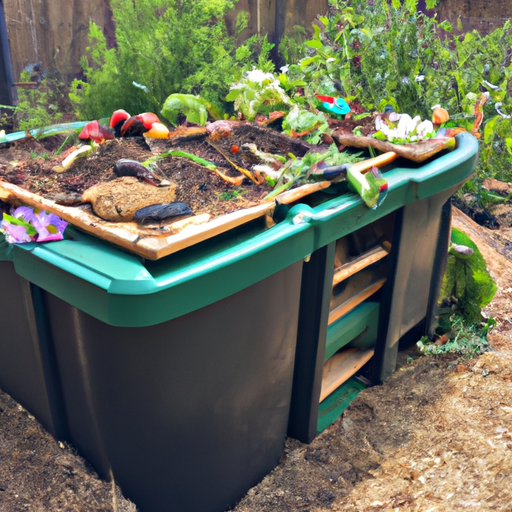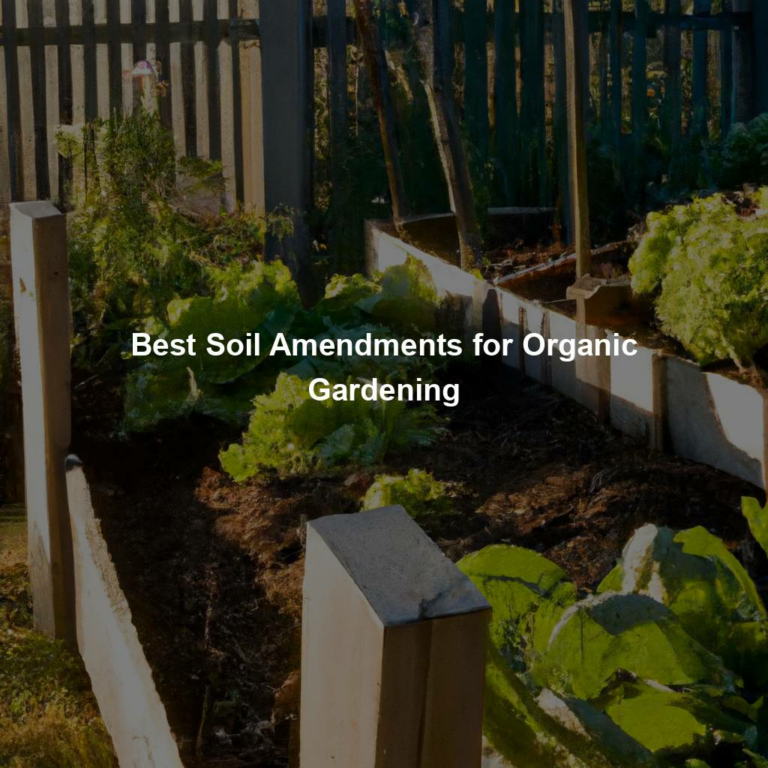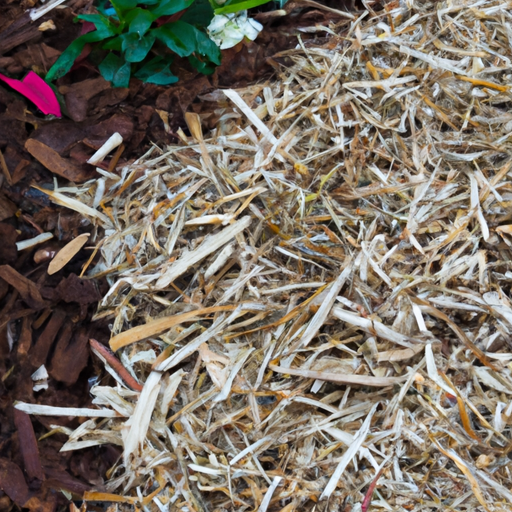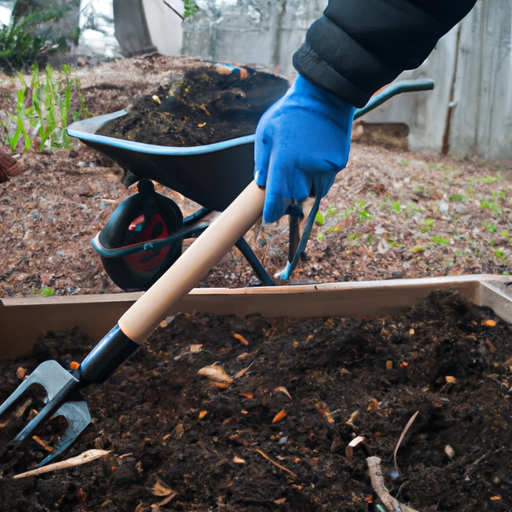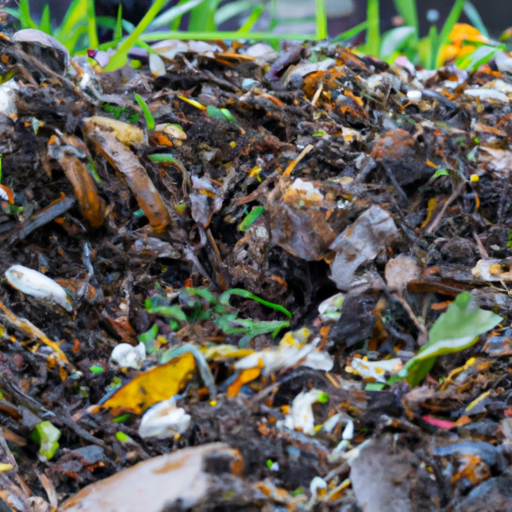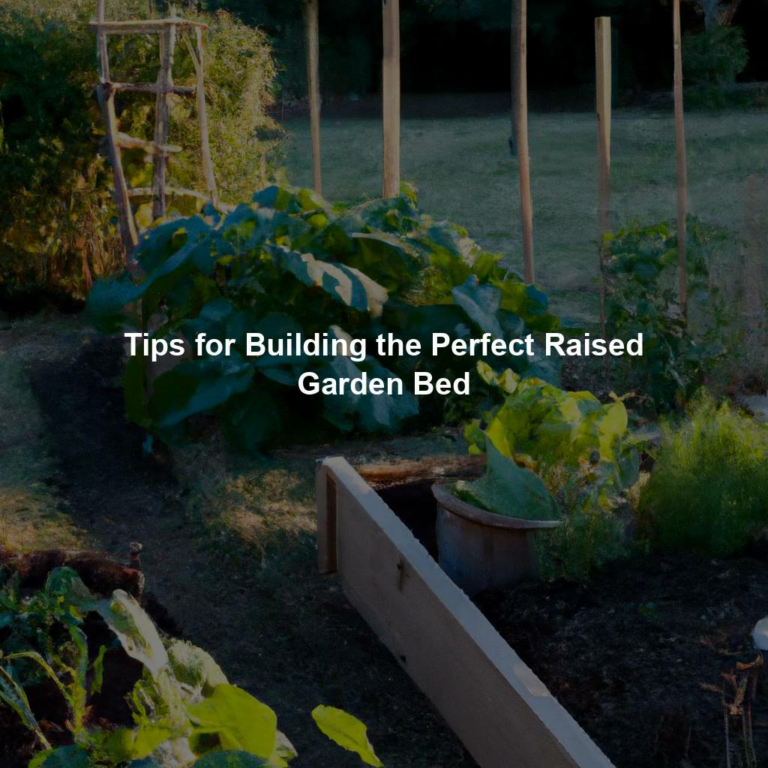Hello fellow gardeners, today we are going to discuss a topic that is crucial for sustainable and successful gardening – combining crop rotation with companion planting.
This method has been used for centuries by experienced farmers to maintain soil health, prevent pest infestations, maximize yields and promote biodiversity in the garden.
Crop rotation involves planting different crops in a specific sequence on the same plot of land each year. By rotating plants, you can reduce soil-borne diseases, break up pest cycles and improve soil fertility.
On the other hand, companion planting means growing two or more plant species together that have mutual benefits such as nutrient uptake, pollination assistance or pest control. When done properly, these techniques work synergistically to enhance your garden’s productivity and create an ecosystem where plants thrive naturally without heavy reliance on synthetic inputs.
In this article, I will share tips and tricks on how to combine these practices effectively so that you can reap the most benefits from your vegetable patch.
The Benefits Of Crop Rotation
Crop rotation is an essential technique that every gardener should know. It involves planting different crops in the same area over a series of growing seasons to improve soil health and reduce disease and pest pressure.
The benefits of crop rotation are numerous, from preventing soil erosion to increasing nutrient availability for plants. By implementing strategies such as alternating between legumes and non-legumes or rotating heavy feeders with light feeders, gardeners can maintain healthy soils and maximize yields.
Additionally, crop rotation can help break up weed cycles and reduce the need for chemical inputs. As a Master Gardener, I highly recommend incorporating this practice into your gardening routine for optimal plant growth and overall environmental sustainability.
The Benefits Of Companion Planting
When it comes to maximizing the benefits of crop rotation, companion planting techniques can be incredibly helpful. By pairing certain crops together, you can create a mutually beneficial relationship that helps both plants thrive.
For example, planting beans and corn together is a classic combination because the beans provide nitrogen to the soil while the corn provides support for the climbing bean vines.
Other examples of successful combinations include:
– Planting marigolds alongside tomato plants to repel pests
– Growing basil near peppers to improve flavor and deter insects
– Pairing radishes with cucumbers or squash to help break up compacted soil
By incorporating these types of companion planting techniques into your crop rotation plan, you’ll not only see improved yields but also more resilient and healthy plants overall.
So don’t hesitate to try out some different combinations and see what works best in your garden!
How Crop Rotation And Companion Planting Work Together
Imagine your garden as a symphony orchestra, with each instrument playing its unique part in creating an unforgettable performance.
Crop rotation is all about changing the crops planted on a specific piece of land every season or year to prevent soil depletion and pest problems. This process helps maintain soil fertility, reduces disease pressure, and promotes balanced nutrient levels.
Companion planting involves growing two or more plant species close to each other for mutual benefit. Some plants repel pests while others attract beneficial insects or fix nitrogen into the soil.
Together, these methods create a harmonious system where diverse crops thrive without competing for resources or attracting harmful pests.
By incorporating both crop rotation and companion planting techniques, you can maximize yields, improve soil health, and reduce chemical inputs to protect the environment.
So why not try combining them in your next gardening project? Your garden will thank you!
Tips For Combining Crop Rotation And Companion Planting
To successfully combine crop rotation and companion planting, there are a few tips you should keep in mind.
Firstly, consider the compatibility of your chosen companions with each other as well as with the crops in your rotation schedule. Some plants may have negative effects on others or require different soil conditions, so research is key.
Secondly, plan out your crop rotation schedule ahead of time to avoid any potential conflicts between plant families that could disrupt the success of your companionship pairs.
On top of these considerations, it’s important to be aware of the benefits that come from combining crop rotation and companion planting. By rotating crops regularly, you can prevent soil-borne diseases from building up over time while also keeping nutrient levels balanced.
Companion planting can further enhance this process by attracting beneficial insects or repelling pests that would otherwise harm your crops. For example, marigolds are known for their ability to deter nematodes, while basil attracts pollinators like bees.
Overall, when done thoughtfully and strategically, combining crop rotation and companion planting can lead to healthier plants, higher yields and ultimately a more bountiful harvest season after season.
Common Mistakes To Avoid When Combining Crop Rotation And Companion Planting
While combining crop rotation with companion planting can be a highly effective way to maximize yield and improve overall soil health, it is important to avoid common mistakes that can negatively impact your garden.
Overcoming challenges such as nutrient depletion and pest infestations requires careful planning and attention to detail when selecting which crops to rotate and which companions to plant together.
One of the biggest mistakes people make when attempting this technique is not properly researching the needs of each individual plant before placing them in the same bed or field.
By taking the time to understand how different plants interact with one another, you can create a thriving ecosystem that benefits all involved.
With these tips in mind, you can confidently combine crop rotation with companion planting for optimal results in your garden.
Frequently Asked Questions
What Is The Best Way To Plan A Crop Rotation And Companion Planting Schedule?
When it comes to planning strategies for a successful vegetable garden, crop rotation and companion planting should be at the forefront of your mind.
Not only do these methods help keep soil healthy and pest-free, but they can also increase yields and improve flavor.
Succession planting is another key factor in maximizing your harvests throughout the growing season.
By carefully selecting which crops to plant together and rotating them each year, you can prevent disease buildup in the soil while encouraging beneficial insects to thrive.
Additionally, pairing certain plants together can lead to mutually beneficial relationships that result in better growth and higher quality produce.
As a Master Gardener, I always recommend taking time before each season to plan out a detailed schedule that incorporates both crop rotation and companion planting techniques for optimal results.
How Do You Determine Which Plants Are Compatible For Companion Planting?
Imagine a garden as a bustling community, where each plant is like a neighbor with its own unique personality. Some are quiet and reserved, while others thrive on social interactions.
When it comes to companion planting benefits, it’s important to understand which plants get along well and support each other’s growth. Common companion plant pairs include beans and corn, tomatoes and basil, or lettuce and radishes.
As a Master Gardener, I always encourage experimentation to discover new companions that work well together in your specific climate and soil conditions. So how do you determine which plants are compatible for companion planting? Research common pairings or observe the natural symbiosis between plants in nature.
By creating these harmonious relationships among your garden neighbors, you’ll be able to maximize their potential while minimizing pest problems without chemicals or synthetic fertilizers – truly a win-win situation!
How Does The Soil Type And Ph Affect Crop Rotation And Companion Planting?
Soil nutrients and pH levels are crucial factors to consider when planning a crop rotation with companion planting.
The type of soil you have will determine the kind of plants that can grow in it, so understanding your soil is key to success.
Moreover, plant diversity plays an essential role in maintaining healthy soil conditions as different crops require varying amounts of nutrients from the soil.
Therefore, rotating crops while using companion planting techniques ensures that each plant receives adequate nutrients while preventing depletion or build-up of specific minerals in the soil.
With this knowledge, you can make informed decisions about what crops to rotate and which ones work best together for optimal growth and yield.
Can You Incorporate Cover Crops Into A Crop Rotation And Companion Planting Plan?
Yes, you can definitely incorporate cover crops into your crop rotation and companion planting plan.
Doing so has many benefits including improving soil health, reducing erosion, suppressing weeds, and providing habitat for beneficial insects.
However, there are also challenges to implementing this strategy such as finding the right cover crop species suitable for your region and timing their planting correctly with regards to your cash crops.
But fear not! With some research and planning ahead of time, incorporating cover crops into a holistic gardening approach can be incredibly rewarding both for the environment and for your harvest yield.
How Do You Manage Pests And Diseases When Using Crop Rotation And Companion Planting?
Managing pests and diseases when using crop rotation and companion planting requires a strategic approach.
Companion planting benefits are numerous, as certain plants can repel insects or attract beneficial ones that prey on harmful pests.
For instance, intercropping marigolds with vegetables has been known to deter nematodes while attracting ladybugs that feed on aphids.
Other pest control strategies include using physical barriers like netting or row covers, practicing good soil management to prevent the buildup of disease-causing pathogens, and rotating crops to reduce pest pressure over time.
By combining these methods with thoughtful planning and attention to detail, gardeners can successfully manage pests and diseases without relying on synthetic chemicals.
Conclusion
As a Master Gardener, I can confidently say that combining crop rotation with companion planting is the key to achieving a bountiful and healthy harvest.
It’s like having a well-coordinated dance between your plants – they complement each other’s strengths and weaknesses while keeping pests and diseases at bay.
Remember, when planning your crop rotation and companion planting schedule, it’s important to consider factors such as soil type and pH levels.
Think of it as choosing partners for a tandem skydive – you want someone who complements your style!
This will ensure that your plants have access to the nutrients they need to thrive, resulting in healthier crops.
By incorporating cover crops into your plan, you’re also adding an extra layer of protection against erosion while improving soil health.
So next time you’re planning out your garden, remember: plant companions are like lifelong friends – they bring out the best in you and help keep you grounded.
With some careful thought and consideration, crop rotation combined with companion planting can lead to fruitful yields season after season.
Happy gardening!
